Filter by
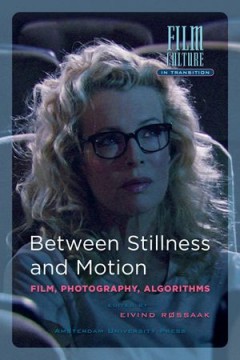
Between Stillness and Motion
New technological media such as film, photography and computers have altered the way we perceive possible relations between stillness and motion in the visual arts. Traditionally, cinema theory saw cinema and especially the 'illusion of motion' as part of the ideological swindle of the basic cinematic apparatus. This collection of essays by acclaimed international scholars including Tom Gunning…
- Edition
- -
- ISBN/ISSN
- 9789089642127
- Collation
- -
- Series Title
- -
- Call Number
- 791.43 ROS b

Audiences
This timely volume engages with one of the most important shifts in recent film studies: the turn away from text-based analysis towards the viewer. Historically, this marks a return to early interest in the effect of film on the audience by psychoanalysts and psychologists, which was overtaken by concern with the 'effects' of film, linked to calls for censorship and moral panics rather than to …
- Edition
- -
- ISBN/ISSN
- 9789089643629
- Collation
- -
- Series Title
- -
- Call Number
- 791.43 CHR a
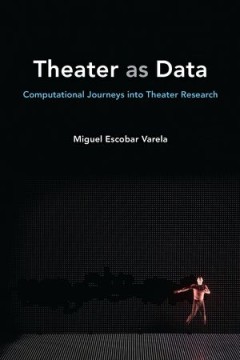
Theater as Data: Computational Journeys into Theater Research
In Theater as Data, Miguel Escobar Varela explores the use of computational methods and digital data in theater research. He considers the implications of these new approaches, and explains the roles that statistics and visualizations play. Reflecting on recent debates in the humanities, the author suggests that there are two ways of using data, both of which have a place in theater research. D…
- Edition
- -
- ISBN/ISSN
- 9780472128631
- Collation
- -
- Series Title
- -
- Call Number
- 792 VAR v
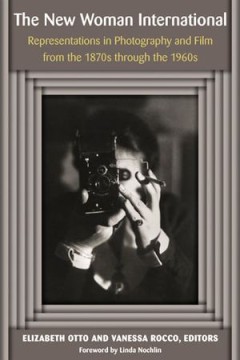
The New Woman International: Representations in Photography and Film from the…
Images of flappers, garçonnes, Modern Girls, neue Frauen, and trampky—all embodiments of the dashing New Woman—symbolized an expanded public role for women from the suffragist era through the dawn of 1960s feminism. Chronicling nearly a century of global challenges to gender norms, The New Woman International: Representations in Photography and Film from the 1870s through the 1960s is the …
- Edition
- -
- ISBN/ISSN
- 9780472900367
- Collation
- -
- Series Title
- -
- Call Number
- 791.43 NEW n
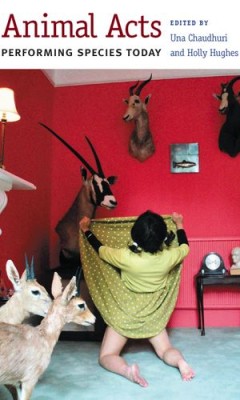
Animal Acts: Performing Species Today
We all have an animal story—the pet we loved, the wild animal that captured our childhood imagination, the deer the neighbor hit while driving. While scientific breakthroughs in animal cognition, the effects of global climate change and dwindling animal habitats, and the exploding interdisciplinary field of animal studies have complicated things, such stories remain a part of how we tell the …
- Edition
- -
- ISBN/ISSN
- 9780472901104
- Collation
- -
- Series Title
- -
- Call Number
- 792 ANI a
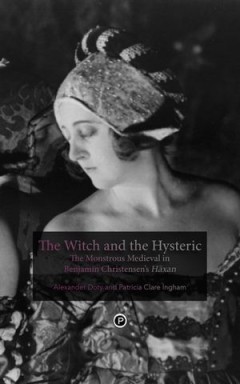
The Witch and The Hysteric: The Monstrous Medieval in Benjamin Christensen'S …
Benjamin Christensen’s 1922 Swedish/Danish film Häxan (known under its English title as Witchcraft Through the Ages) has entranced, entertained, shocked, and puzzled audiences for nearly a century. The film mixes documentary with fantasy, history with theatrics, religion and science, the medieval past and modern culture. This uncanny content is compounded by the film’s formal strangeness, …
- Edition
- -
- ISBN/ISSN
- 9780692230152
- Collation
- -
- Series Title
- -
- Call Number
- 791.43 DOT w

Truth and Fiction: Notes On (Exceptional) Faith in Art
Reflecting upon his experience making his 2010 feature film Mothers, a cinematic triptych interweaving three narratives that are each, in their own way, about the often tenuous lines between truth and fiction, and one of which actually morphs into a documentary about the aftermath in a small Macedonian town where three retired cleaning women were found raped and killed in 2008 and the murderer …
- Edition
- -
- ISBN/ISSN
- 9780615647104
- Collation
- -
- Series Title
- -
- Call Number
- 791.43 MAN t
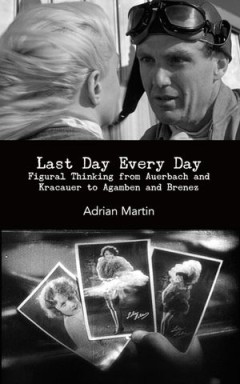
Last Day Every Day: Figural Thinking From Auerbach and Kracauer To Agamben an…
Where is film analysis at today? What is cinema theory up to, behind our backs? The field, as professionally defined (at least in the Anglo-American academic world), is presently divided between contextual historians who turn to broad formations of modernity, and stylistic connoisseurs who call for a return to old-fashioned things like authorial vision, tone, and mise en scène. But there are o…
- Edition
- -
- ISBN/ISSN
- 9780615719467
- Collation
- -
- Series Title
- -
- Call Number
- 791.43 MAR l
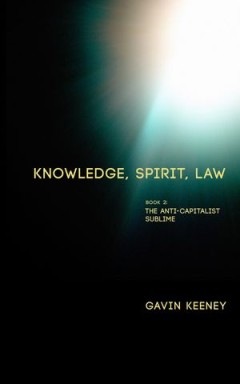
Knowledge, Spirit, Law, Book 2: The Anti-Capitalist Sublime
Knowledge, Spirit, Law // Book 2: The Anti-capitalist Sublime takes up where Knowledge, Spirit, Law // Book 1: Radical Scholarship (2015) left off, foremost in terms of a critique of neo-liberal academia and its demotion of the book in favor of various mediatic practices that substitute, arguably, for the one form of critical inquiry that might safeguard speculative intellectual inquiry as long…
- Edition
- -
- ISBN/ISSN
- 9781947447349
- Collation
- -
- Series Title
- -
- Call Number
- 791.43 KEE k
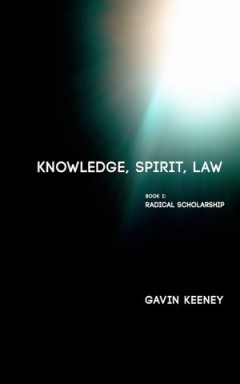
Knowledge, Spirit, Law, Book 1
Knowledge, Spirit, Law is a de facto phenomenology of scholarship in the age of neoliberal capitalism. The eleven essays (plus Appendices) in Book 1: Radical Scholarship cover topics and circle themes related to the problems and crises specific to neoliberal academia, while proposing creative paths around the various obstructions. The obstructions include metrics-obsessed academia, circular and…
- Edition
- -
- ISBN/ISSN
- 9780692558447
- Collation
- -
- Series Title
- -
- Call Number
- 791.43 KEE k
 Computer Science, Information & General Works
Computer Science, Information & General Works  Philosophy & Psychology
Philosophy & Psychology  Religion
Religion  Social Sciences
Social Sciences  Language
Language  Pure Science
Pure Science  Applied Sciences
Applied Sciences  Art & Recreation
Art & Recreation  Literature
Literature  History & Geography
History & Geography